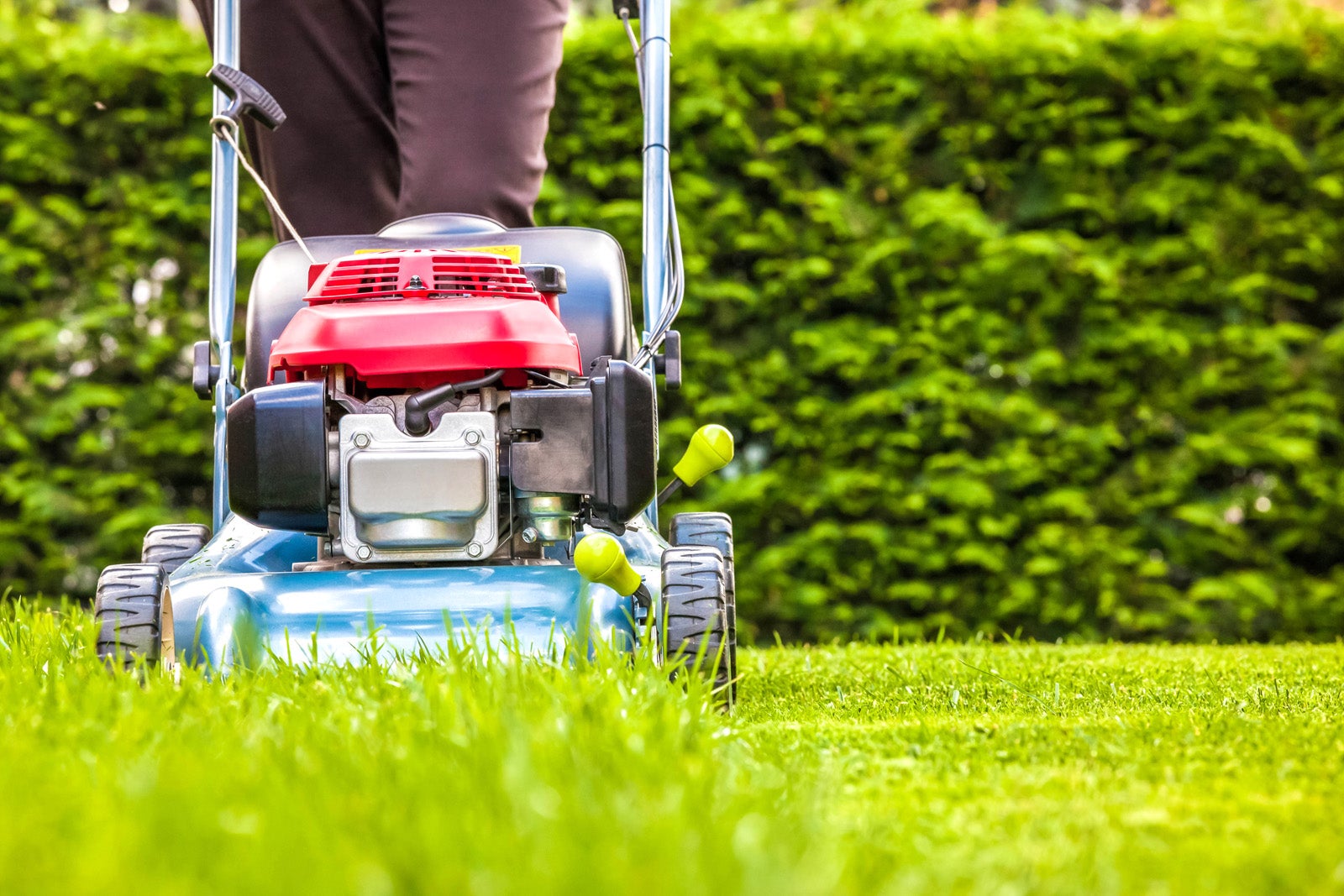Some facts about lawn mowing
Published 1:53 pm Thursday, May 31, 2018
By Will Stallard
Lincoln County Extension Agent for Agricultural & Natural Resources
Here are some tips to help you protect your grass and make your lawns look sharp.
• If possible, never mow off more than one-third to one-half of the turf height; e.g. when mowing at two inches, repeat mowing when the grass gets to three inches. Mowing off more than 50 percent of the leaves causes scalping – scalping during the hot summer will kill some grass plants and will always increase weeds.
• Best overall mowing height for Kentucky bluegrass and tall fescue lawns is two to three inches. If you vary the mowing height, mow higher in the summer and lower in the late fall or early spring. Higher heights will reduce weed infestations and improve rooting depth of grasses.
• Do not allow turf to enter winter at a high height, i.e. three inches or higher. Always mow during late fall after growth subsides. Excessive fall growth increases winter lodging, increases winter and early spring diseases and causes excessive turf browning.
• Clippings are normally good for the lawn – they return nutrients to the soil: maybe as much as 25 percent of the lawn’s annual needs. One thousand square feet of a well-fertilized lawn can produce as much as 400 lbs. (dry weight) of clippings per year. These clippings will average approximately 4.8 percent N, 0.7 percent phosphorous, 2.6 percent potassium and minute quantities of many minor nutrients-that’s good stuff.
• Grass clippings do not add to or cause a problem with thatch-the organic layer of dead and living shoots, stems and roots that accumulates between the green foliage and soil surface.
• Mowing lawns when the foliage is dry reduces disease transmission and clumping of clippings.
• Never mow a lawn when the soil is very dry and the air temperature is higher than 90 degrees F. Mowing in these conditions mechanically damages the grass and can thin out or completely kill the turf. When the soil becomes dry in the summer and growth subsides, mow only when necessary. Mowing too frequently during slow-growth periods causes scalping.
• Alternate mowing direction for each mowing to reduce the constant compaction and scuffing effect of mowers.
• While mowing a small amount of tree leaves can be mulched and deposited back onto the lawn, without damage. If leaves completely cover the surface, it is best to remove the leaves before mowing.
• Rotary mower blades should be sharpened several times every year. A dull mower will shred leaf tips and give the lawn a brown tint.
• Dull mower blades increase (1) fuel consumption; (2) wear on engine, belts and bearings, (3) the buildup of clippings retained under the mower deck; (4) disease susceptibility (from constant tearing of the leaf blades); and (5) water use.
• For aesthetic purposes, lawns can be stripped like golf greens by mowing in a back and forth manner, in straight lines. For example, mow the lawn one week in a north-south pattern and the next week in an east-west pattern. Diagonal patters are also attractive.
• Rotary mowers are extremely dangerous and cause thousands of serious injuries annually. Never mow when other people (especially youngsters) are close by and be extremely careful on sloping lawns.
For more information on your home lawn, please contact me, Will Stallard, at the U.K. Lincoln County Extension Office in Stanford. The telephone number is (606) 365-2447.





